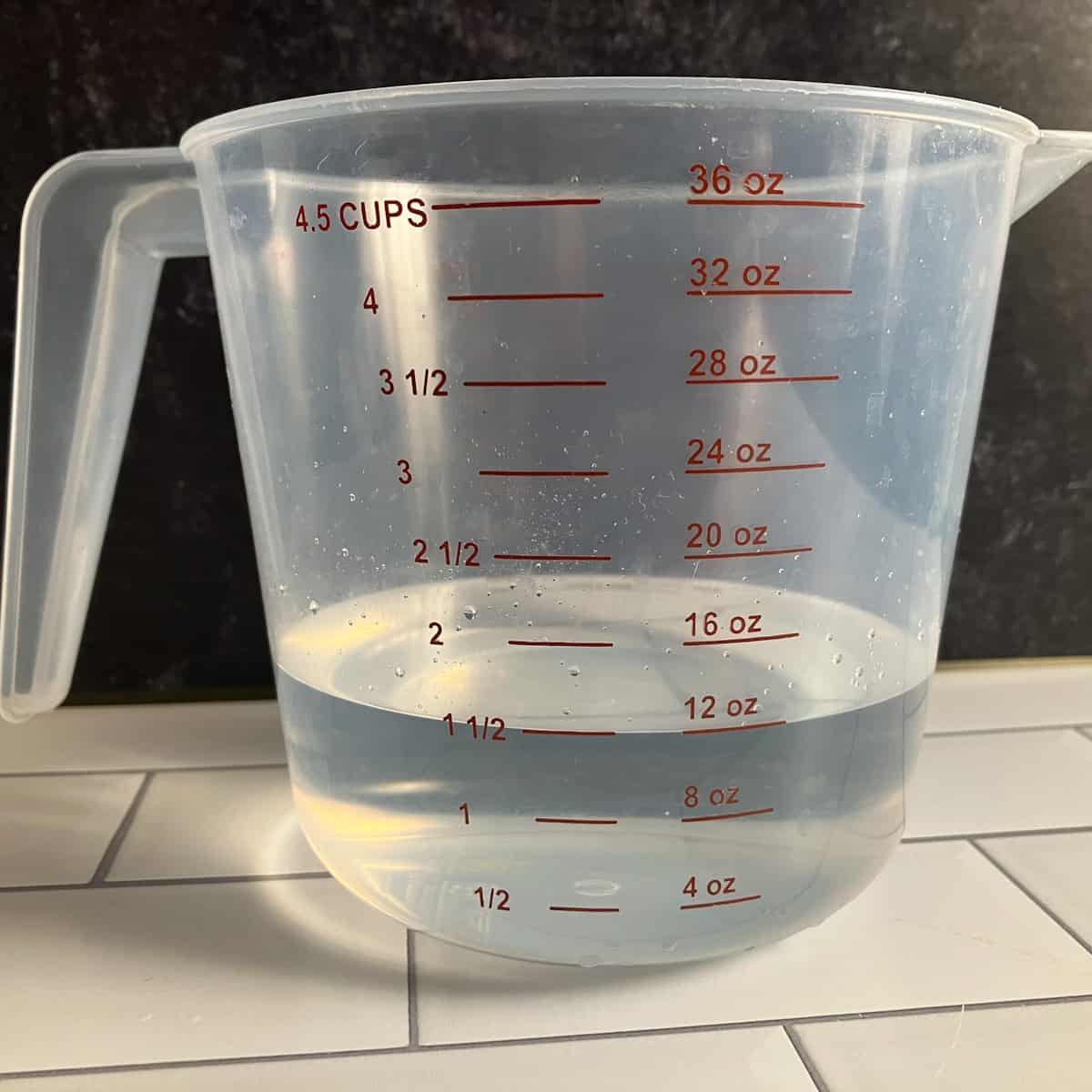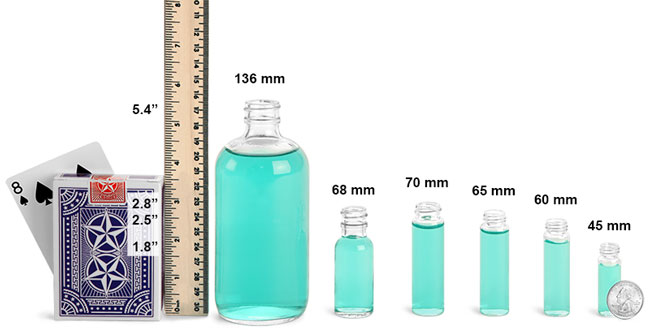Rounding mL in an oz is a fundamental skill for pharmacy students preparing for the NAPLEX 30, the North American Pharmacist Licensure Examination. This essential aspect of pharmaceutical calculations ensures accurate medication dosing, which is crucial for patient safety. In this article, we will explore the methods and importance of rounding ml in an oz naplex 30
particularly in the context of NAPLEX 30.
Understanding the Basics of Measurement

To effectively tackle rounding ml in an oz naplex 30
it’s essential to first understand the units involved. Milliliters (mL) and ounces (oz) are both units of volume, but they belong to different measurement systems. Milliliters are part of the metric system, while ounces are commonly used in the United States customary system.
The Role of Milliliters in Pharmacy
In pharmacy practice, milliliters are frequently used to measure liquid medications. rounding ml in an oz naplex 30
during calculations helps pharmacists accurately dispense medications, which is critical for ensuring that patients receive the proper doses. For example, knowing how to round mL in an oz can significantly impact patient outcomes and adherence to treatment plans.
The Importance of Ounces
Ounces are often used in the United States for liquid measurements, especially in dietary contexts or for over-the-counter medications. When pharmacists convert mL to oz, they must be adept at rounding ml in an oz naplex 30
to ensure that the dosages they provide are practical and safe for patients. Understanding how to perform this conversion correctly is an important skill for passing the NAPLEX 30.
The Conversion Formula

To convert milliliters to ounces, pharmacists utilize a straightforward formula:
Ounces=Milliliters29.57\text{Ounces} = \frac{\text{Milliliters}}{29.57}Ounces=29.57Milliliters
This equation helps to translate the metric measurement into a customary one, but it also requires careful attention to rounding mL in an oz. Let’s break down how this conversion works with an example.
Example of Conversion
Suppose a prescription calls for 150 mL of a liquid medication. To find out how many ounces that is, a pharmacist would perform the following calculation:
Ounces=150 mL29.57≈5.07 oz\text{Ounces} = \frac{150 \text{ mL}}{29.57} \approx 5.07 \text{ oz}Ounces=29.57150 mL≈5.07 oz
In this instance, rounding mL in an oz involves determining how to round 5.07 oz. Typically, one would round to the nearest tenth, which would yield 5.1 oz. This accurate rounding is a crucial step in preparing for the NAPLEX 30.
Rounding Rules in Pharmacy
When rounding mL in an oz, there are specific rules that pharmacists should follow. These rules help ensure that medication dosing remains safe and effective.
Rounding to the Nearest Tenth

For most liquid medications, rounding mL in an oz to the nearest tenth is standard practice. If your calculation yields 5.45 oz, this would be rounded to 5.5 oz. This method helps maintain accuracy without overcomplicating the dosage.
Special Cases for Rounding
In some instances, rounding mL in an oz might require rounding to the nearest hundredth, especially for pediatric doses or high-risk medications. For example, if a calculated dose is 0.123 oz, it may be rounded to 0.12 oz to ensure a more precise dosage for sensitive patient populations. Understanding when to apply these rounding rules is vital for success on the NAPLEX 30.
The Impact of Accurate Rounding
Accurate rounding mL in an oz has significant implications for patient care. Mistakes in medication dosing can lead to adverse effects or treatment failures, underscoring the importance of precision in pharmacy practice.
Safety in Patient Care
Pharmacists must ensure that the medications they dispense are both safe and effective. Rounding mL in an oz correctly helps avoid situations where patients receive inadequate or excessive doses. For instance, rounding errors could potentially lead to underdosing in critical situations, putting patients’ health at risk.
Regulatory Compliance
Pharmacy practice is governed by regulations that dictate how medications must be dispensed. Understanding and applying the correct methods for
is not only a best practice but also a regulatory requirement. Familiarity with these guidelines is essential for successfully navigating the NAPLEX 30.
Practice Problems for Mastery

To prepare for NAPLEX 30, practicing rounding mL in an oz can help reinforce your understanding and skills. Here are some example problems:
Example Problem 1
Convert 200 mL to ounces and round appropriately.
- Use the conversion formula: Ounces=200 mL29.57≈6.76 oz\text{Ounces} = \frac{200 \text{ mL}}{29.57} \approx 6.76 \text{ oz}Ounces=29.57200 mL≈6.76 oz
- Round to the nearest tenth: 6.76 oz→6.8 oz6.76 \text{ oz} \rightarrow 6.8 \text{ oz}6.76 oz→6.8 oz
Example Problem 2
Convert 75 mL to ounces and round appropriately.
- Use the conversion formula: Ounces=75 mL29.57≈2.54 oz\text{Ounces} = \frac{75 \text{ mL}}{29.57} \approx 2.54 \text{ oz}Ounces=29.5775 mL≈2.54 oz
- Round to the nearest tenth: 2.54 oz→2.5 oz2.54 \text{ oz} \rightarrow 2.5 \text{ oz}2.54 oz→2.5 oz
Example Problem 3
Convert 120 mL to ounces and round appropriately.
- Use the conversion formula: Ounces=120 mL29.57≈4.06 oz\text{Ounces} = \frac{120 \text{ mL}}{29.57} \approx 4.06 \text{ oz}Ounces=29.57120 mL≈4.06 oz
- Round to the nearest tenth: 4.06 oz→4.1 oz4.06 \text{ oz} \rightarrow 4.1 \text{ oz}4.06 oz→4.1 oz
Conclusion
rounding ml in an oz naplex 30
is an essential skill for pharmacy students preparing for the NAPLEX 30. By mastering the conversion process and adhering to proper rounding rules, pharmacists can ensure accurate medication dosing and enhance patient safety. As you prepare for the NAPLEX, focus on honing your skills in rounding ml in an oz naplex 30
to become a proficient and responsible pharmacy professional. With practice and understanding, you will be well-equipped to tackle the challenges of the NAPLEX and provide optimal care to your future patients.



